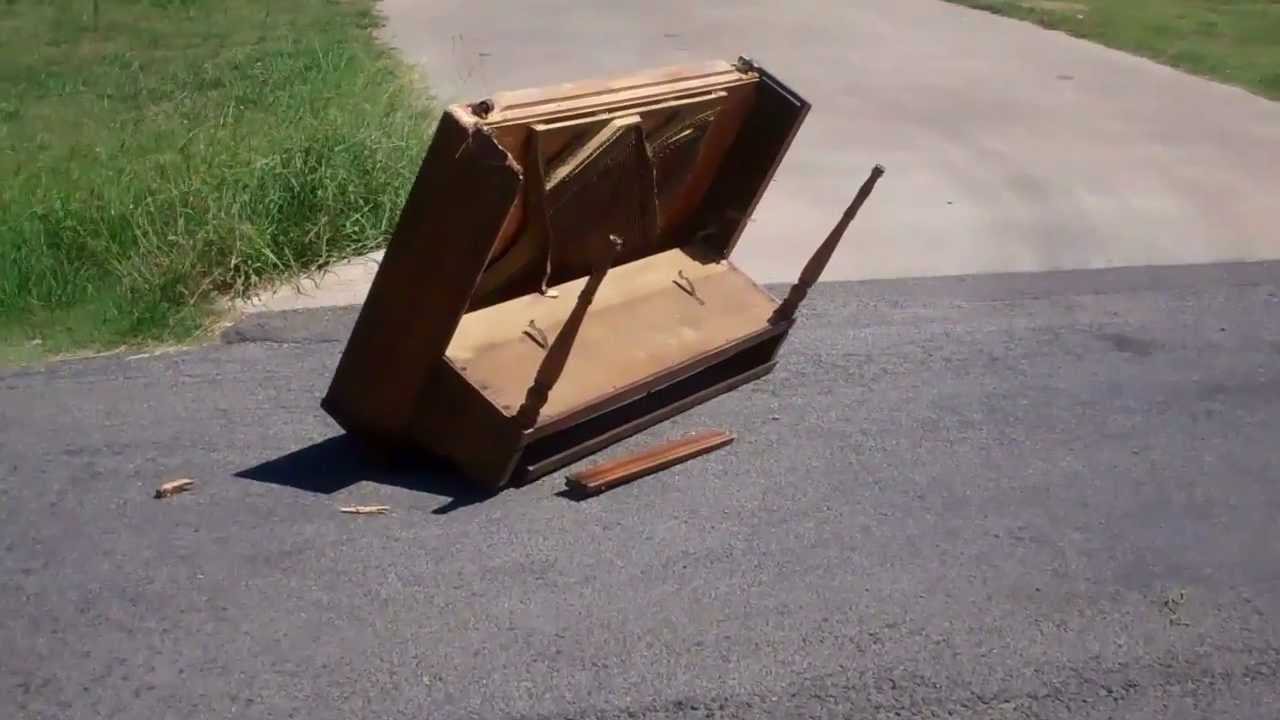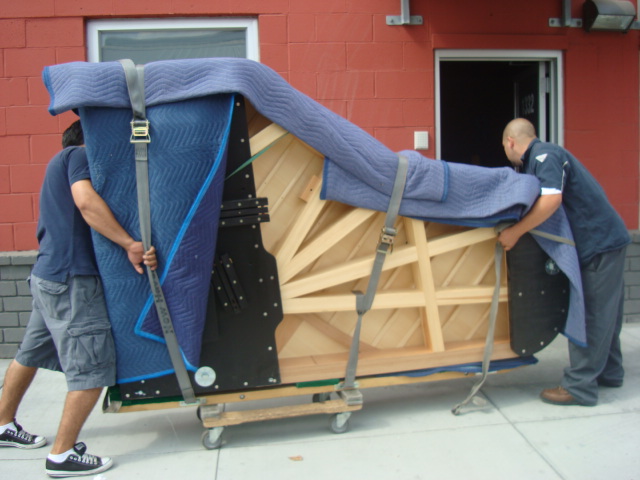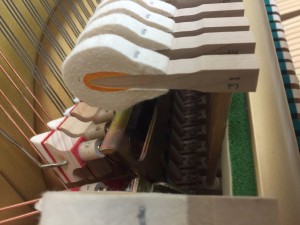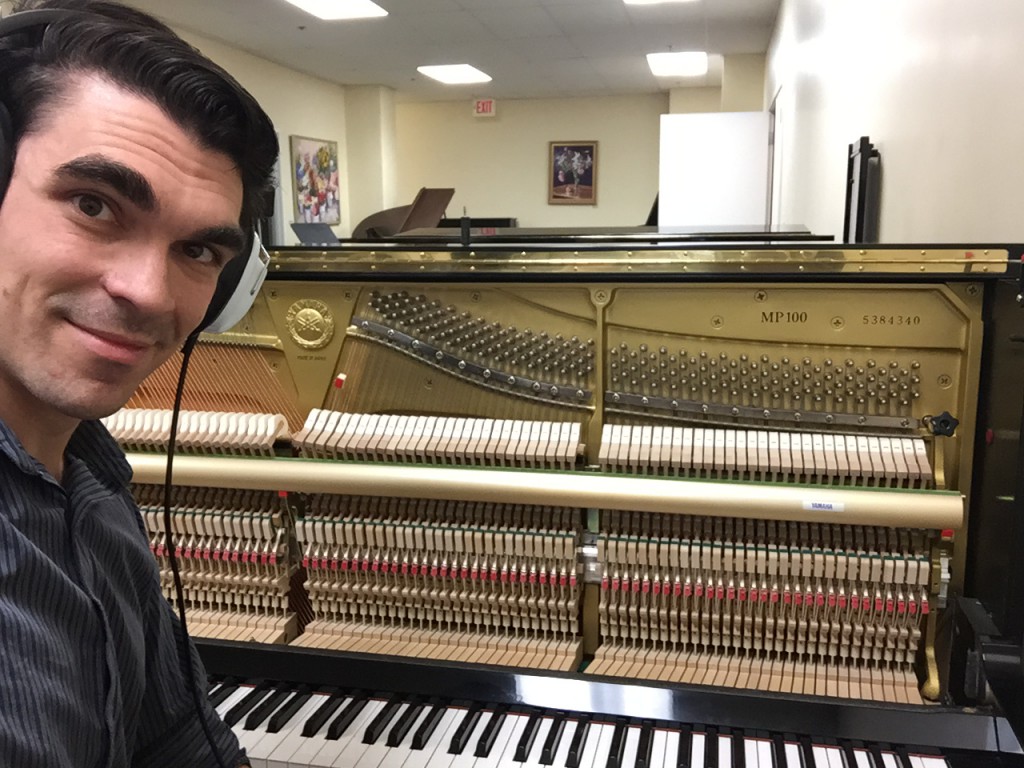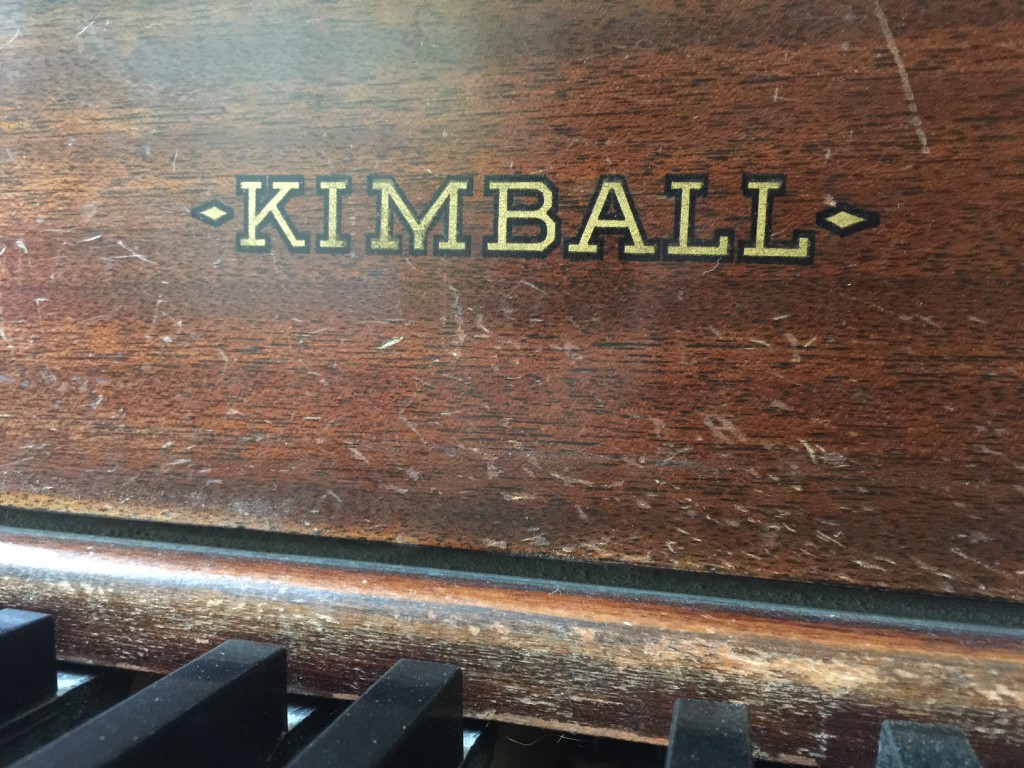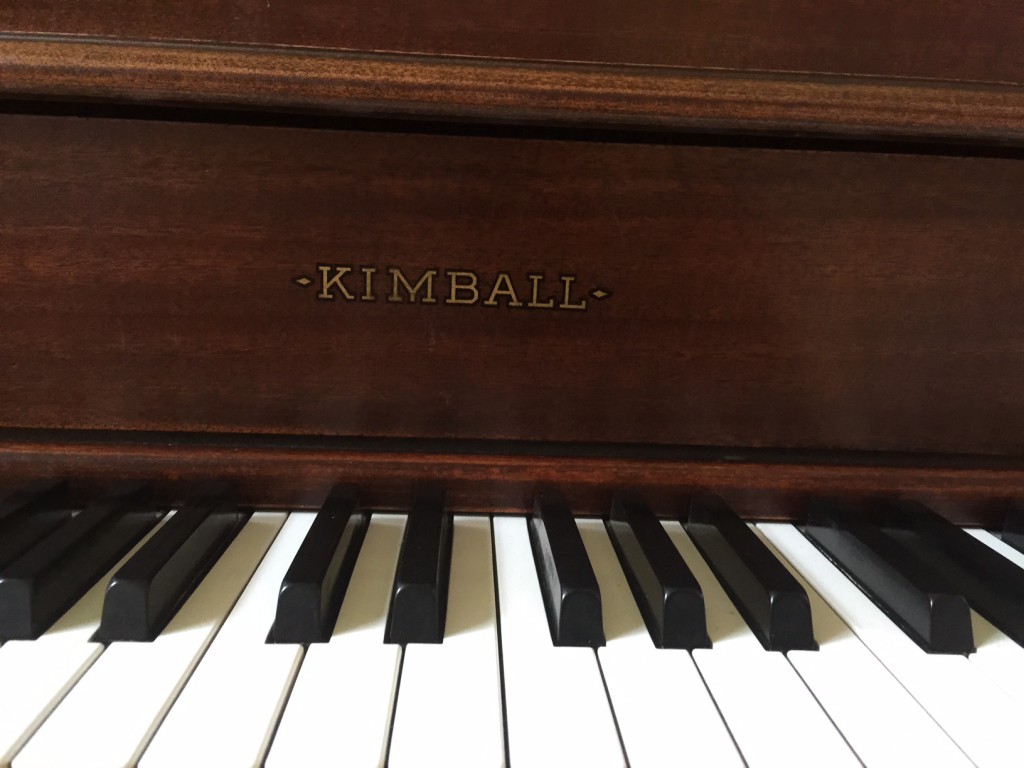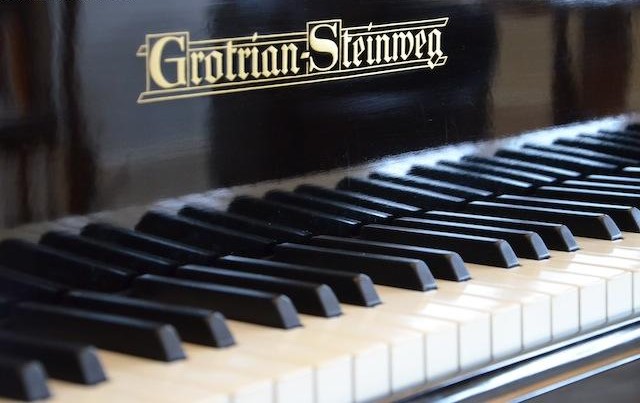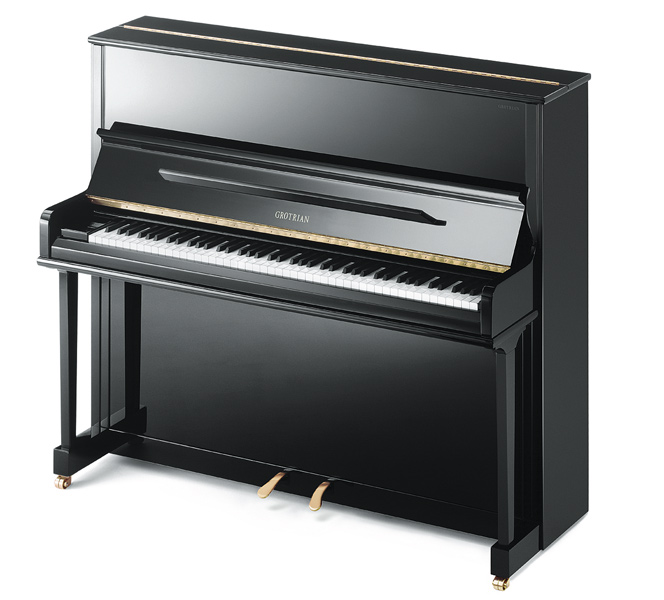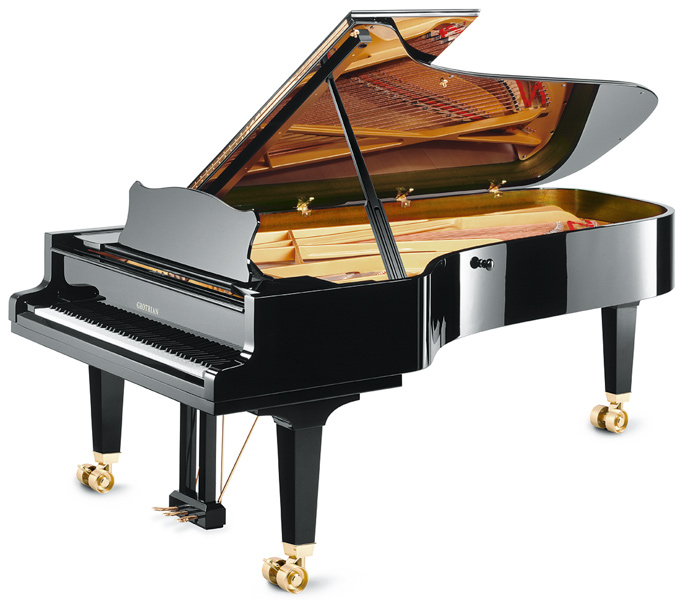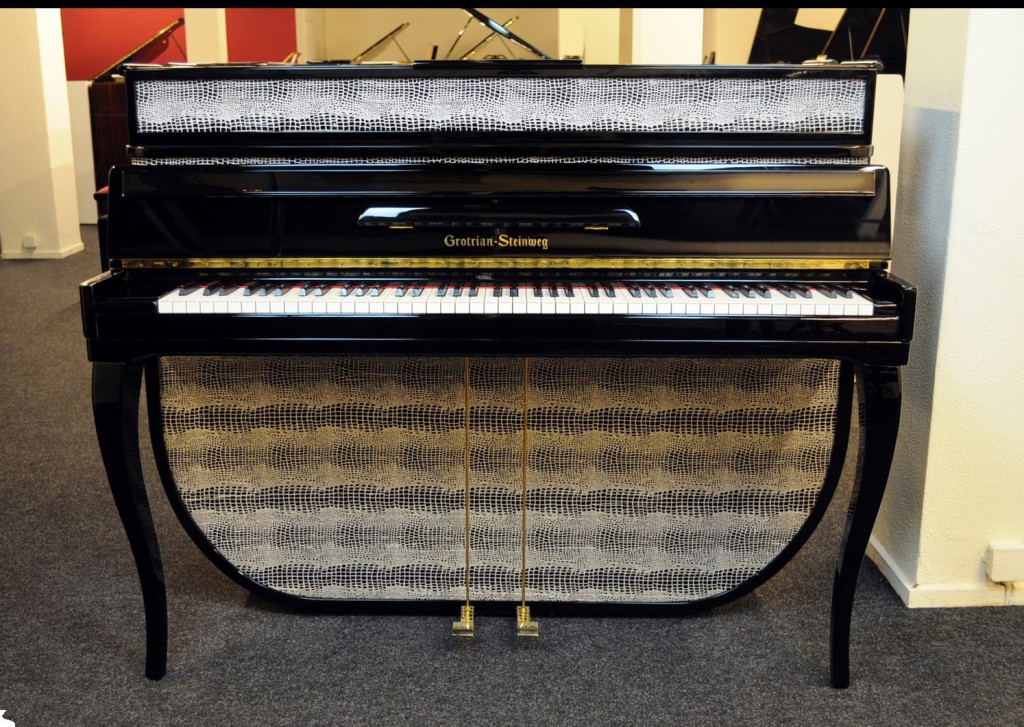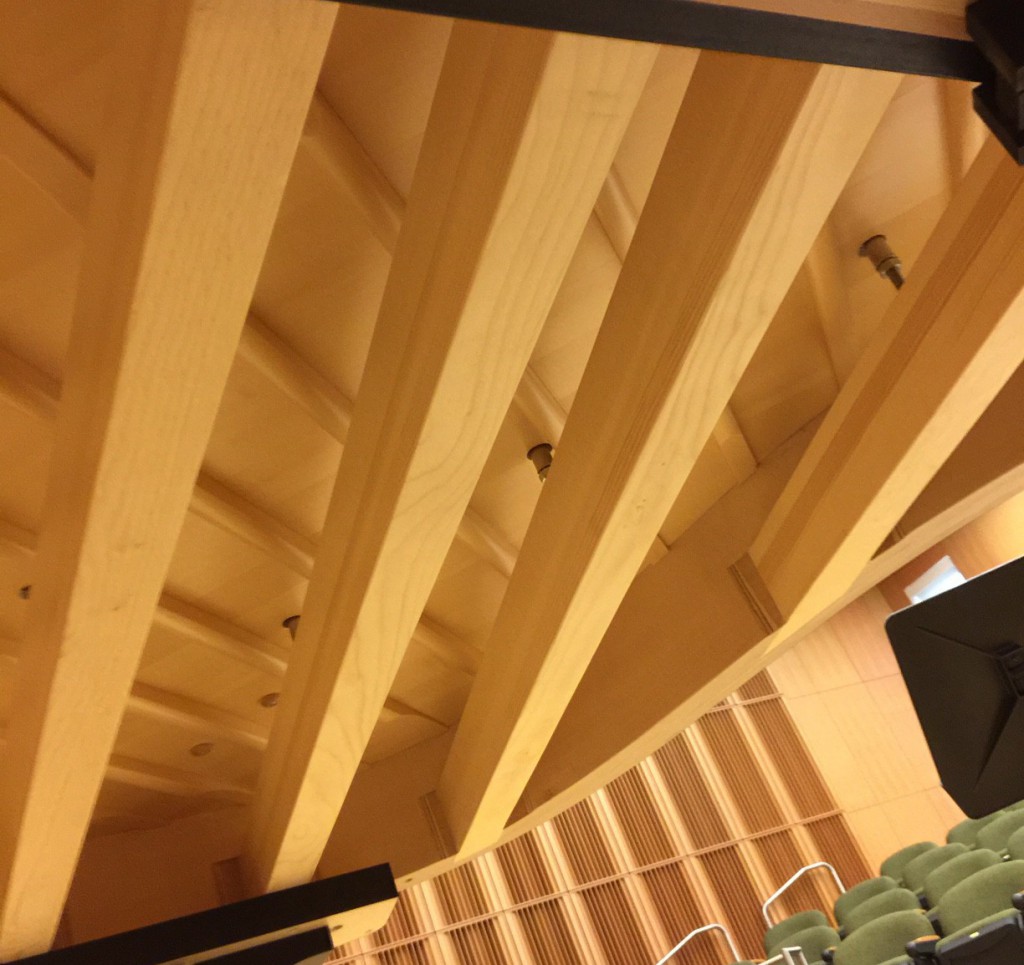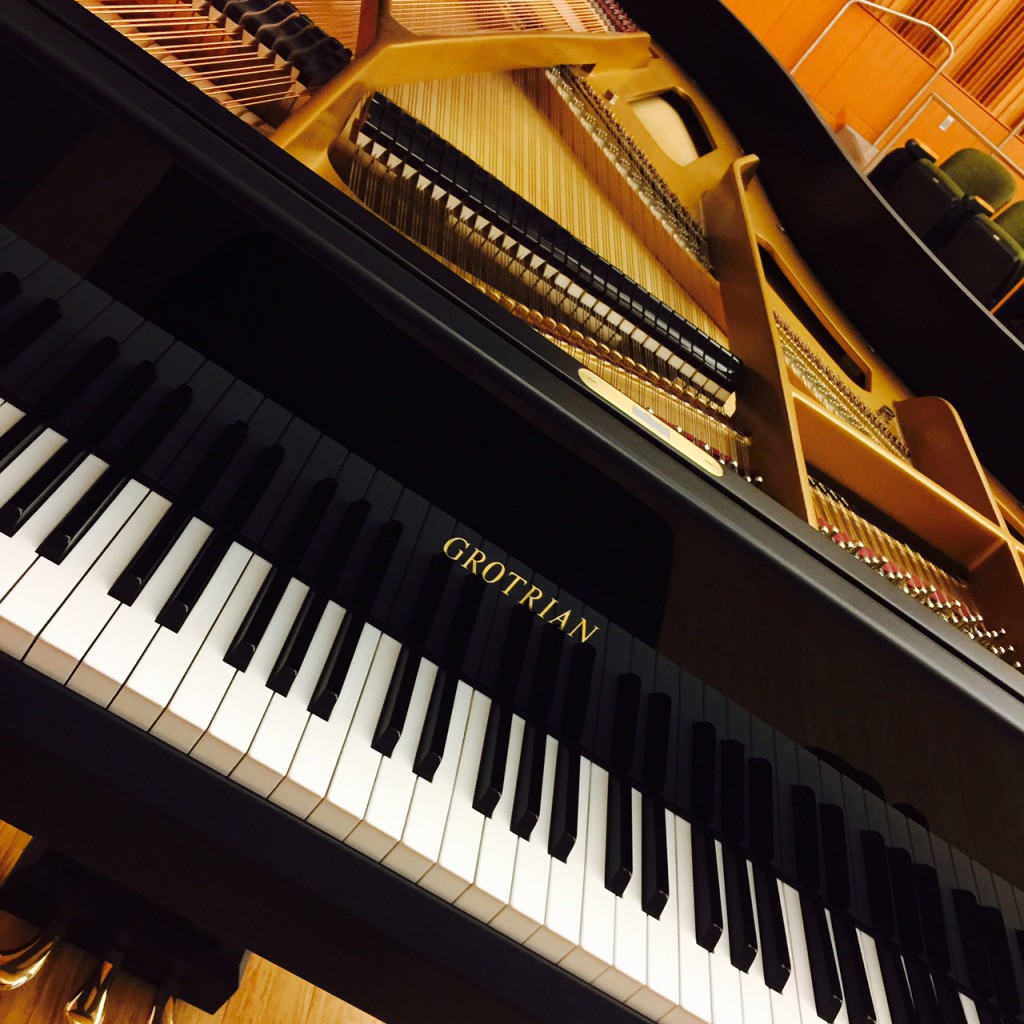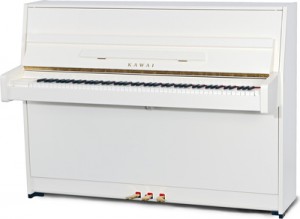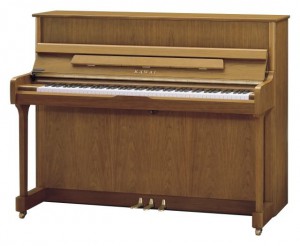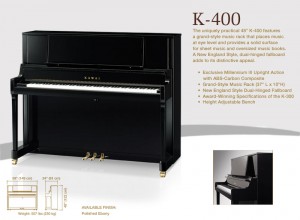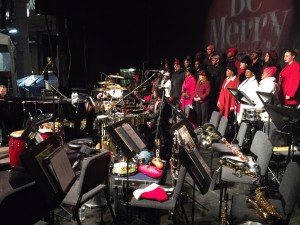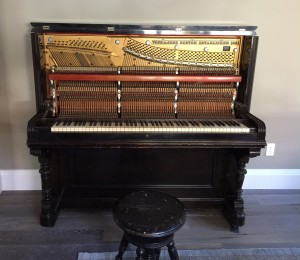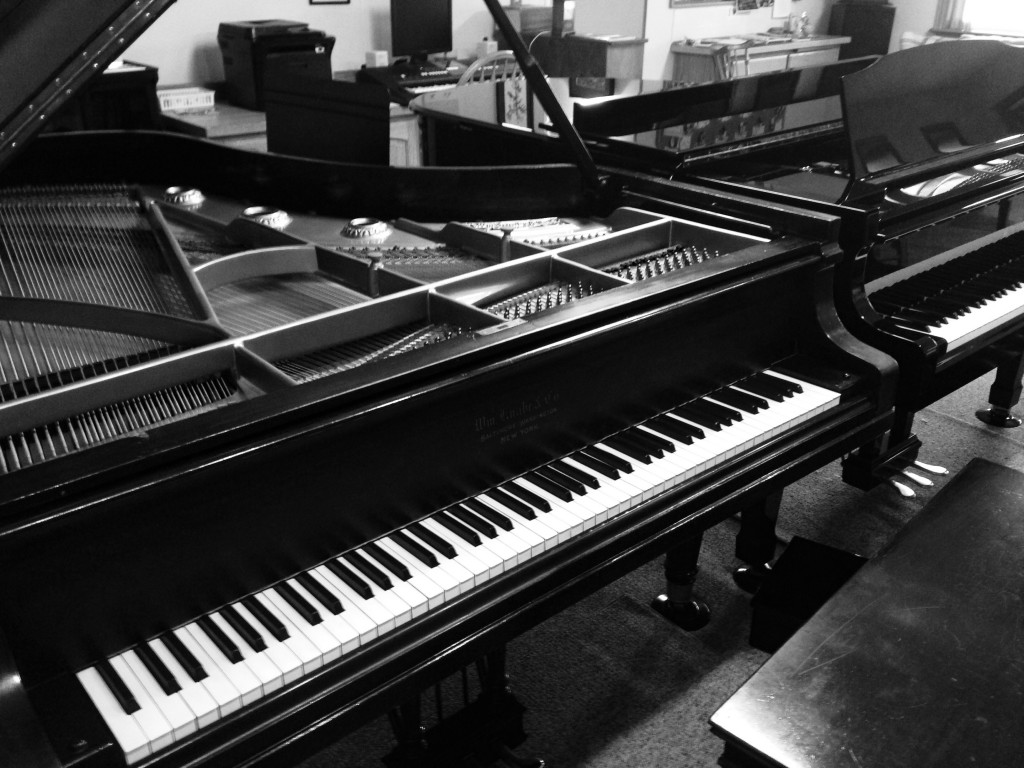Moving a piano is a pain. I’ve moved a lot of pianos myself, and I’ve paid people to move pianos for me and here are some tips I have on the subject.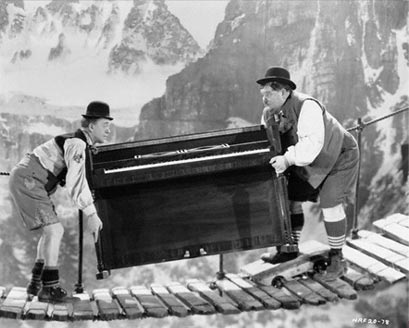
1. It’s usually worth it to hire professionals
It is spendy, but I think hiring professionals will be be faster and cheaper (if you count your time) compared to doing it yourself. If you’re moving within the Portland area, most movers are going to charge $150-$250 (depending on location, situation and number of stairs involved).
Here are some numbers for when I moved a piano last:
- Rent a U-Haul Truck – $100
- 2 hours to pick up and return a piano dolly from a friend
- 3 hours of my time and 2 hours of a friend’s time moving the piano
- $5 for donuts to thank helpers
Valuing time at $20 per hour, that comes to $245 and a lot of pain (imagine two 150lb guys pushing a full-size upright out of a basement and up a frozen hill on a sheet of plywood)! I could have paid movers $150 and they would have done it faster, safer and and I wouldn’t have had to spend my Saturday morning working on it! If you make a mistake and the piano lands on your leg or arm, you pay the doctor bill and 8 weeks of productivity!
2. If you’re going to do it yourself, do your research and prepare well.
Know your piano. Measure it and compare those measurements with the space you will be moving into or through. Know approximately how much it weighs and how many people you will need to lift it. Two strong men can handily lift a spinet or small console, but you’re moving anything bigger, or moving it far without a good dolly, you will want four men.
If you have steps to move it up or down, have a plan for getting through them. Don’t rely on the piano’s wheels to roll it. Most piano wheels are very small and not made for rolling more than a few feet at a time. Use a dolly whenever possible. It is much easier on the piano and on the movers. A run-of-the-mill furniture dolly will work for many uprights, but try to get something bigger with larger rubber wheels if possible. The small wheels on furniture dollies don’t go over doorways very well, and are not very easy to turn accurately. Securely cover and protect your piano. You can very easily damage your piano and the repair bill for a couple dings or scratches can easily be higher than what you might have paid professionals to move your instrument. Cover the piano with thick blankets if you can, leaving gaps to reach important handles and handholds.
Don’t use a pickup. Lifting a piano into the bed of a pickup without a ramp is not only very difficult, but unsafe. If not tied down very securely, the piano can tip out of the bed which is not good for the car or piano!
3. Don’t move a grand yourself.
Grand pianos are even harder to move since you have to take the legs and pedal lyre off and turn the piano on its side to move safely. Grand pianos should be wrapped in blankets or shrink wrapped for protection and strapped tightly so the lid doesn’t open while moving. If you have to navigate any stairs with a grand, a “piano skid board” is a necessity. I strongly recommend you hire professionals to move a grand piano, but if you want to do it yourself, here is a video that shows how to break down and move a baby grand piano.
Here is a list of the professional movers in the Portland area in order of my recommendation:
- West Coast Piano Moving – I have worked with them several times and they do great work. West Coast does the moving for Portland Piano Company
- A to Z Moving – A to Z Moving works closely with Classic Pianos in SE Portland and I have had good moving experiences with them as well.
- Big Al’s Specialty Movers – These guys are big! And friendly! I haven’t worked with them, but I’ve only heard good things about them
- Michelle’s Pianos – In addition to selling pianos (Michelle’s is currently the Steinway dealer in Portland), Michelle’s also moves piano in the Portland area.




